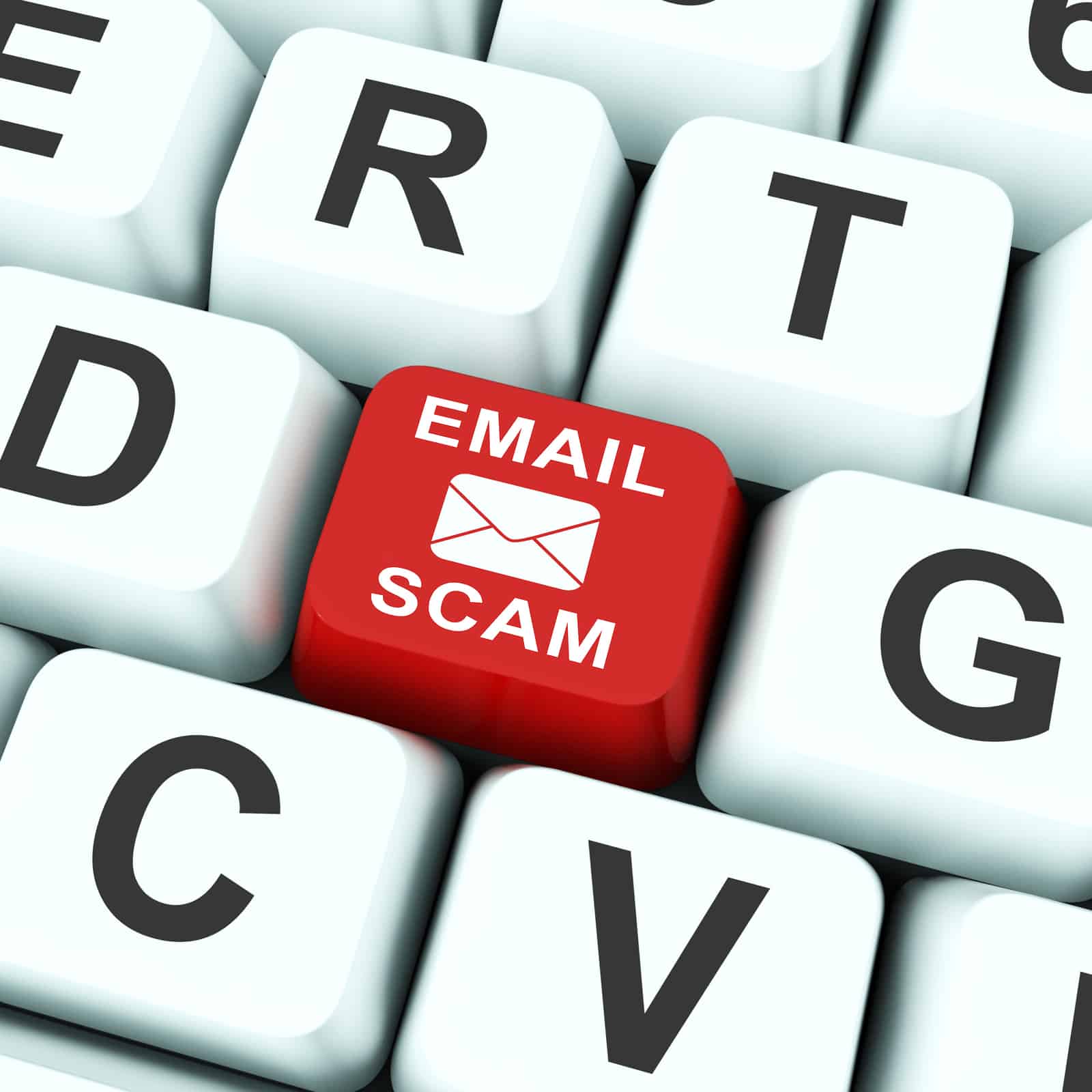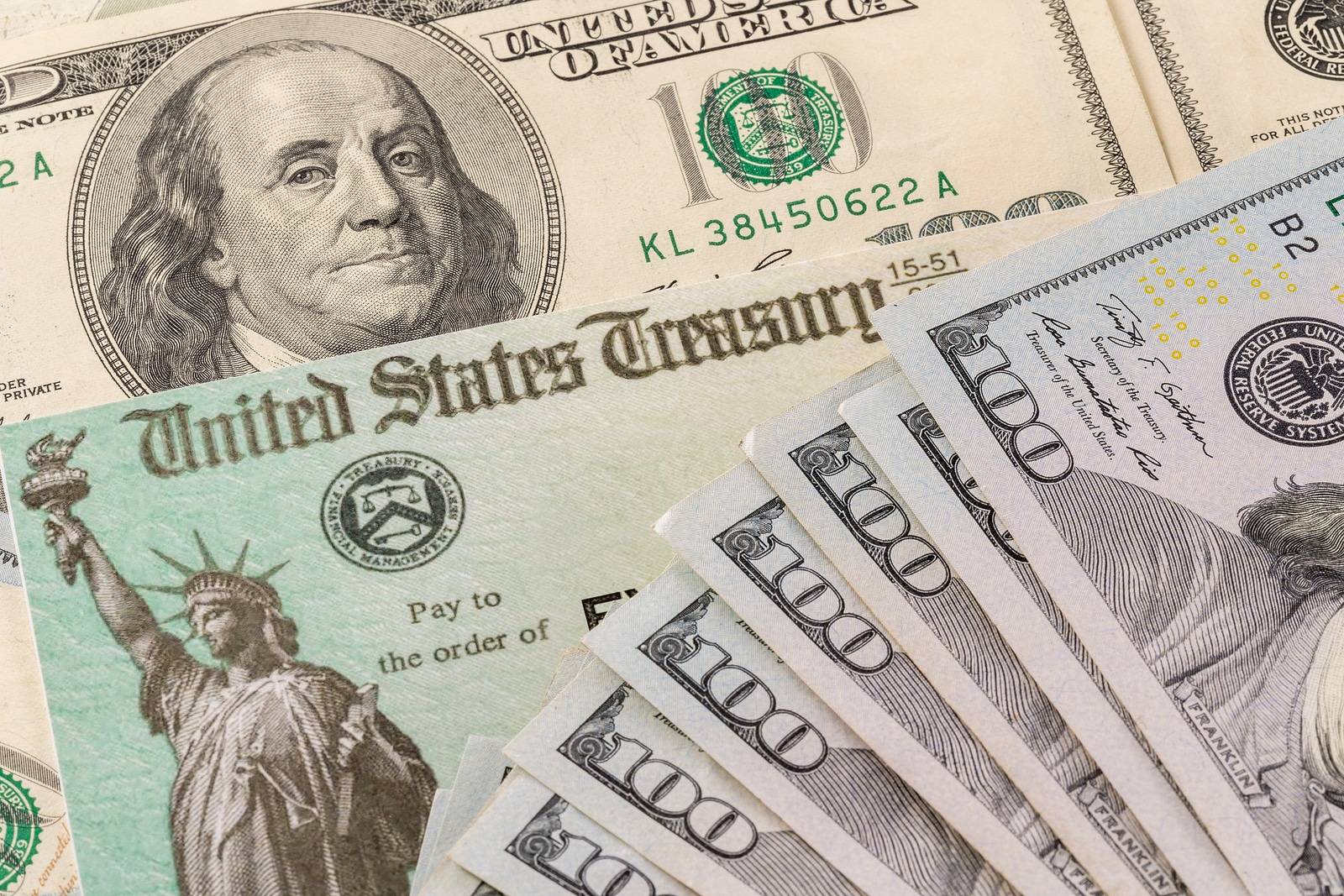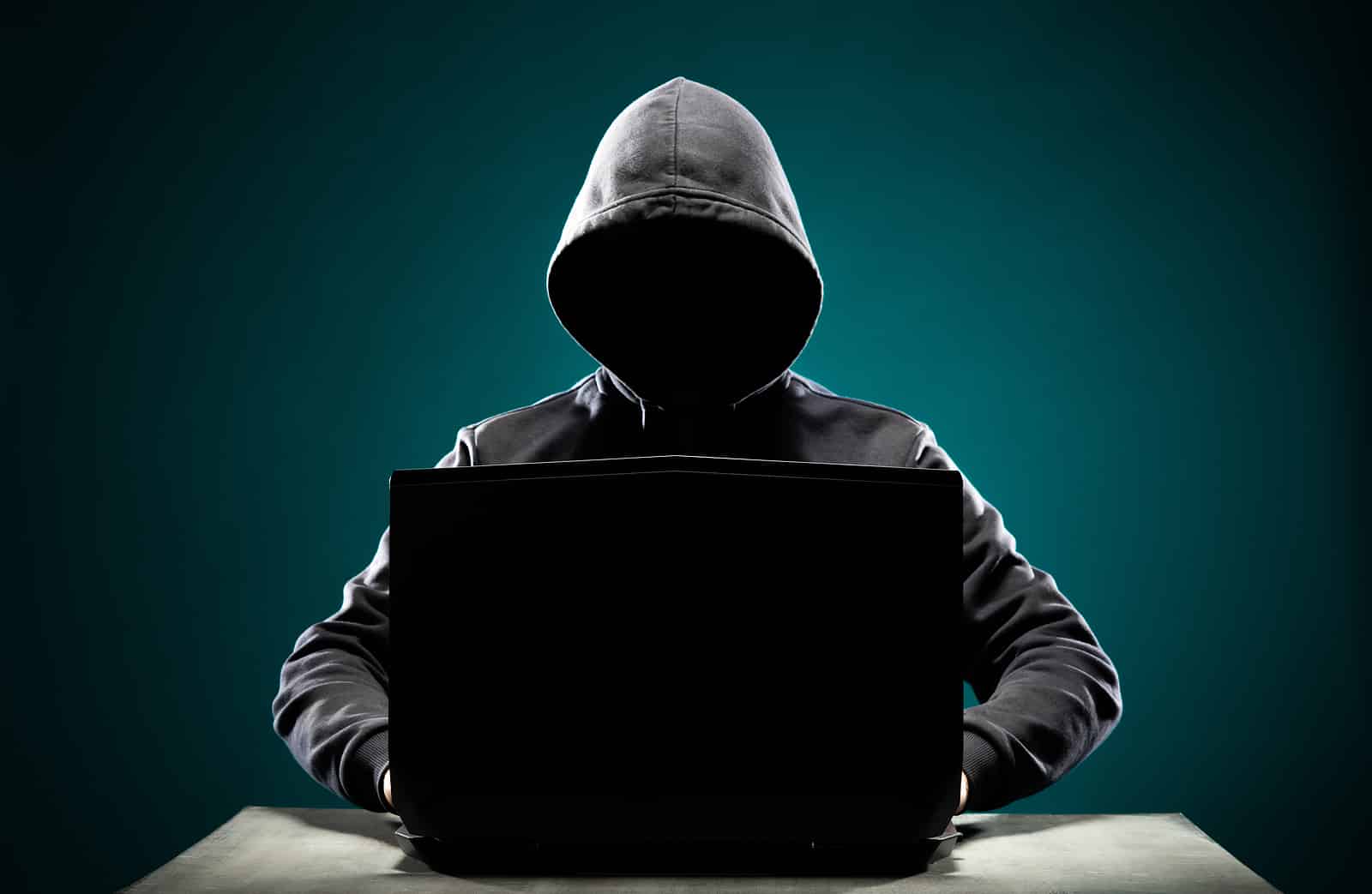How to get the protection against bank fraud? Protection against Bank fraud is a big issue worldwide. The best way to protect yourself against fraud is to prevent your account or card information from falling into the wrong hands. Make sure you give your information out as little as possible (for example, using other payment options like PayPal) and trustworthy sites if you do have to give your information.
Here are some tips on how to get the protection against bank fraud
Don’t share your card details with anyone if you don’t have to. Consider your card details as strictly personal, and do not share your PIN or CVC (of a credit or debit card) with anyone. Only enter your card details on a reliable website with a security key to make a payment.
Check your Credit Card Billing Statement Regularly
If you can’t identify a payment, contact your bank immediately. There is a chance that someone is misusing your account.
Always Go Directly to your Bank’s Site
Stealing money is happening more and more in a sophisticated way. Sometimes emails appear to be sent by a bank and ask customers to verify their account by providing their bank details and passwords. If you get these kinds of emails or other messages that worry you, contact your bank and talk about it. Never share your details and report suspicious transactions to the police. This is called Phishing and is very popular.
Just call the number on the back of your card. Never respond to the email.
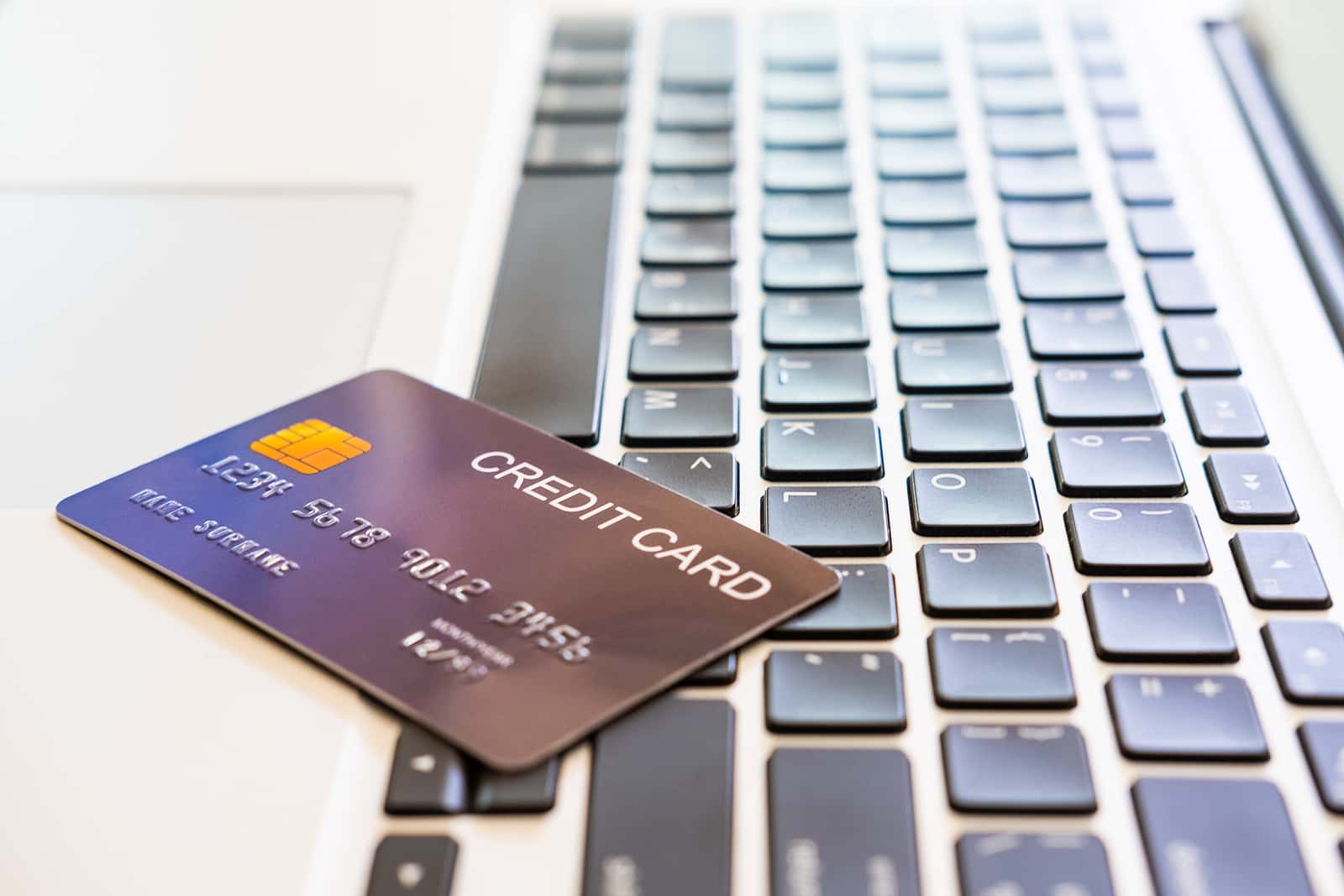
How to get the protection against bank fraud
Never let a Website save your Card Details
Many online shops ask you to save your card details when you make payment. You cannot check that this is done securely. Website databases are the favorite target of hackers because they can easily find credit card data.
How to get the protection against bank fraud? Use Strong and Different Passwords
How many times have you used your son or daughter’s name combined with their birth year as a password? Or a variation of ‘12345’? Passwords that consist of recognizable words or phrases are automated guesses at lightning speed. !@#$%^&* may seem a lot better, but that is the result of typing 12345678 while holding down the shift key. Hackers have long since figured out that trick. So make sure there is no traceable logic in your password. Still, 30 to 40 percent use the same password in multiple places. But think of the possible consequences of a leaked customer file at that small shop when you use the same password as your bank account. The step to plundering your bank account is then very easy for a criminal. So could you not do it? Use unique passwords for all your accounts.
Use a Password Manager
To protect your data, all your passwords must be strong and unique. However, having a different password for every site may be a bit hard, especially to remember. A password manager makes password management safe and easy. You only need to remember a master password, and the manager will automatically fill in the rest for you.
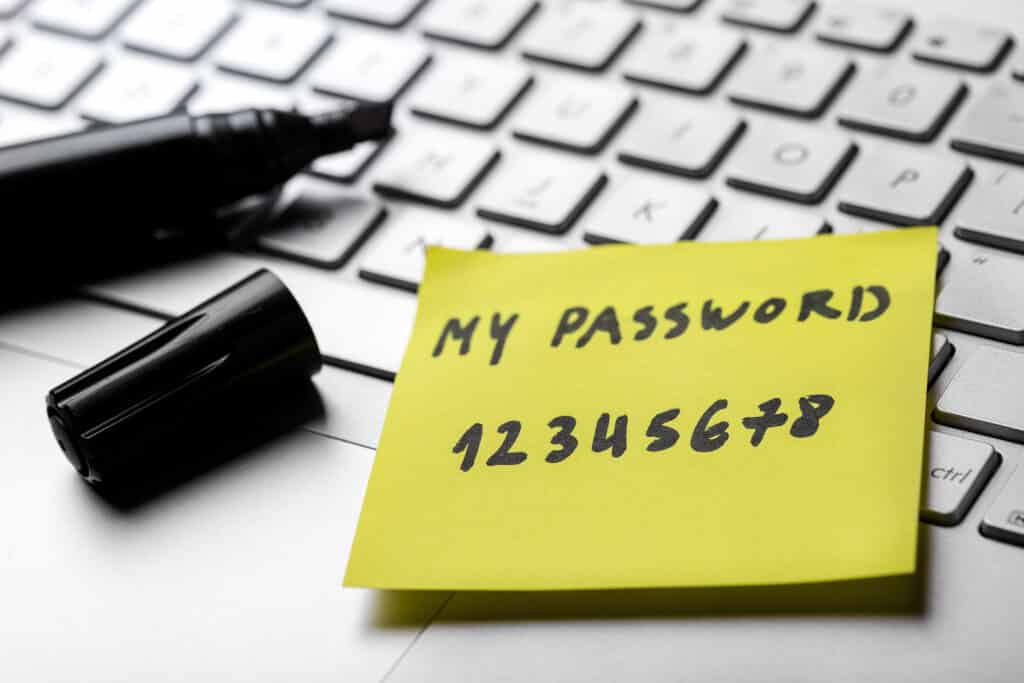
How to get the protection against bank fraud?
Set up Two-Factor Authentication
Two-step verification is required, among other things, to make secure electronic payments, at the checkout, in online stores, and with mobile banking or internet banking.
Two-step verification is also called two-factor authorization or strong customer authentication. It is a secure way to approve a payment. This is because only the legitimate card- or accountholder holds and has access to the two different things needed to make a payment. At the checkout, this is usually a personal debit card combined with a secret PIN code. With ideal and internet banking, it is often a personal login device, again connected with a secret PIN. With mobile banking, it is a unique smartphone, for example, in combination with facial recognition.
Also, Beware of Bank Spoofing!
Always be alert. Communications by phone, email, text, and letter can be fake. With bank help desk fraud, pay specific attention:
- Your bank never calls you to tell you to secure money, transfer it to a “safe deposit account,” or anything similar.
- Don’t send in a (cut up) debit card. I don’t have it picked up either.
- If in doubt, ask the ’employee’ for his name, hang up and call the bank yourself.
- Do not succumb to information provided to prove that the bank is calling you supposedly. The scammer sometimes knows personal information about you through Phishing or from the Internet.
- Never maintain too high a balance on your checking account; other types of scams (such as a stolen debit card) can also be less easily damaged this way.
- Set a lower daily limit. And do not increase it under pressure from a (fake) employee.
The best thing is a sound credit card with fraud protection. We recommend Chase Bank.
Read more – Phishing Emails With Fraudulent Invoices from Online Retailers




